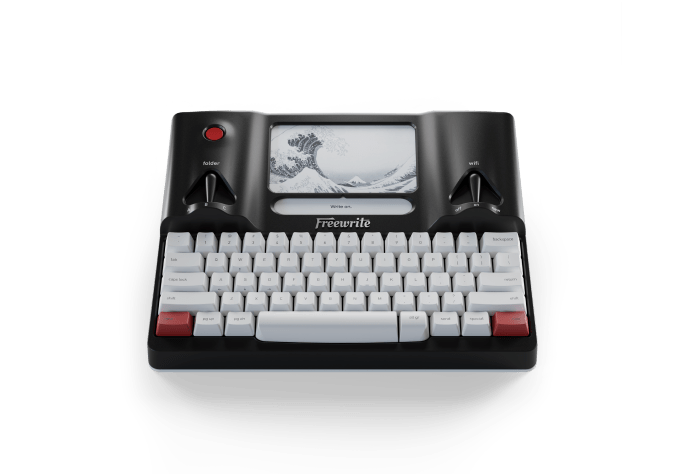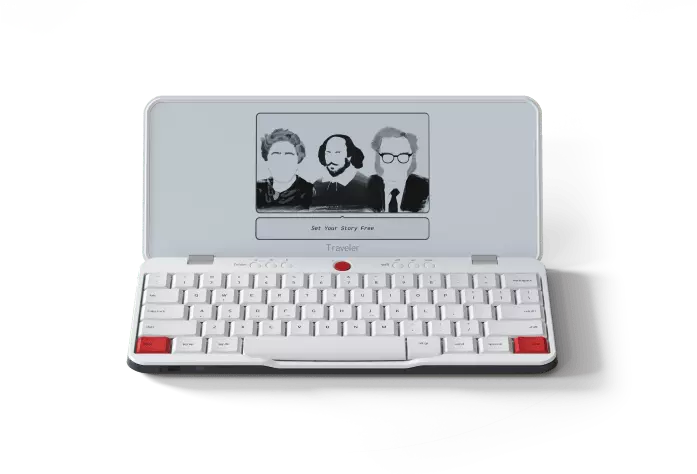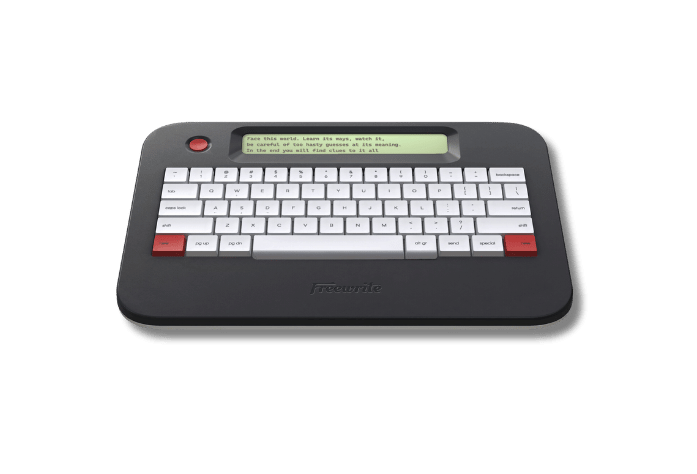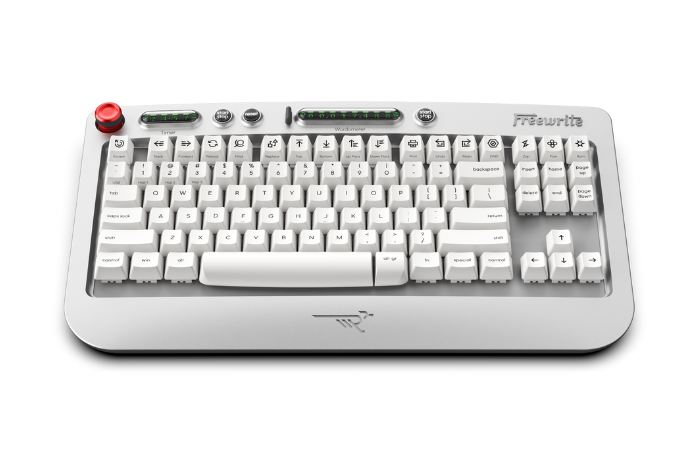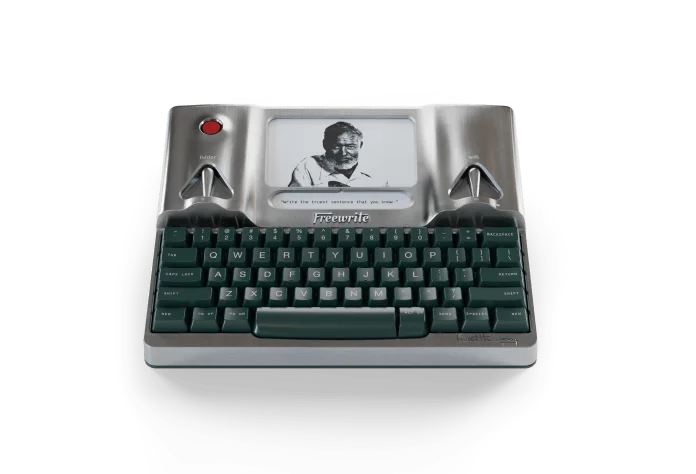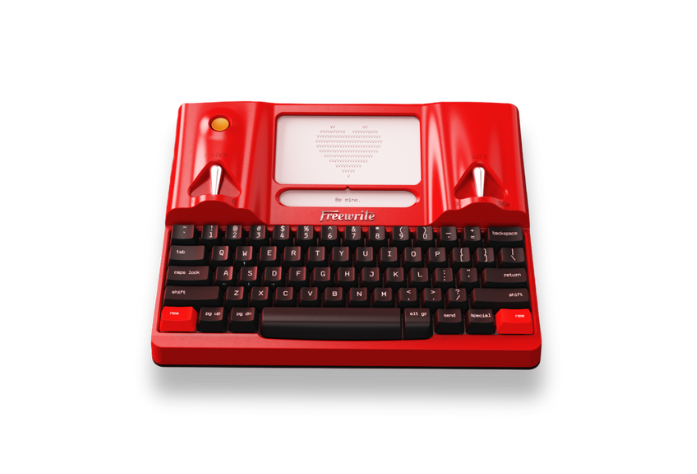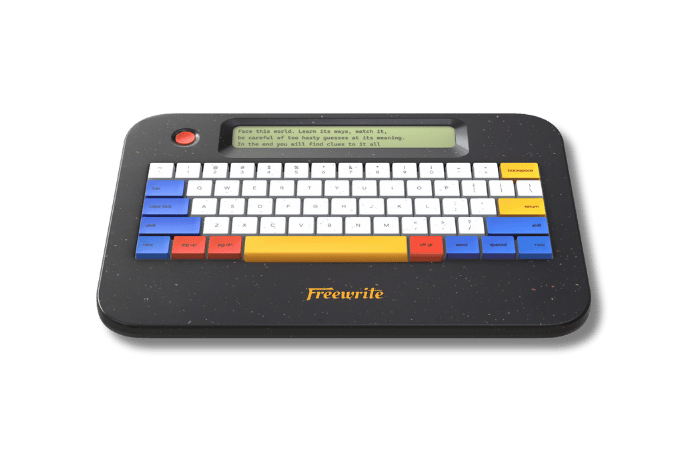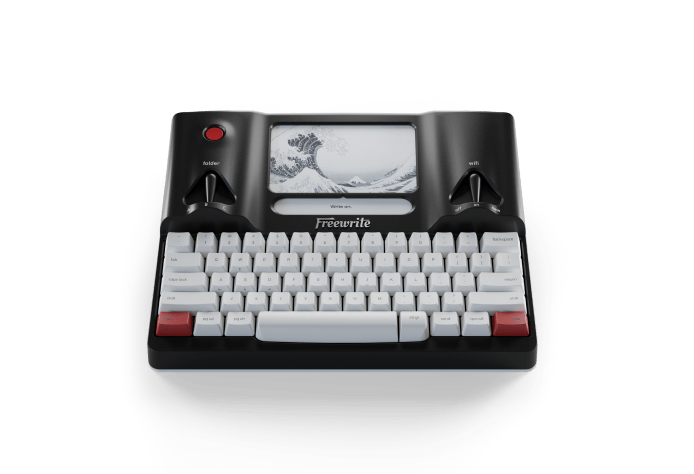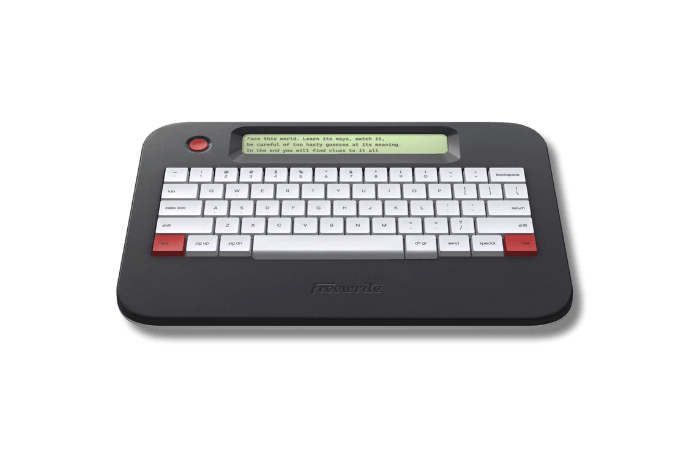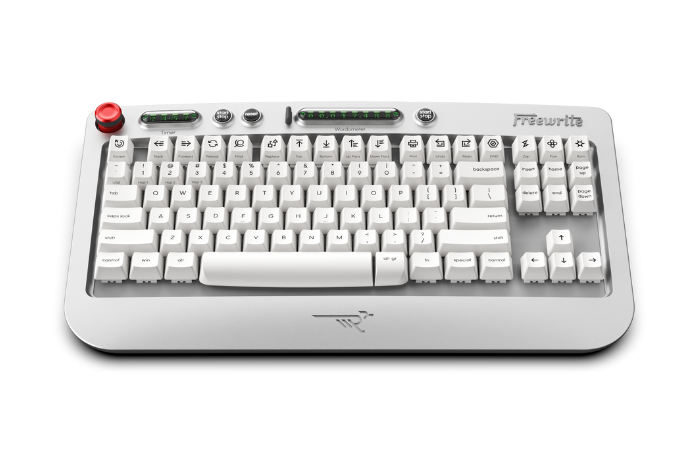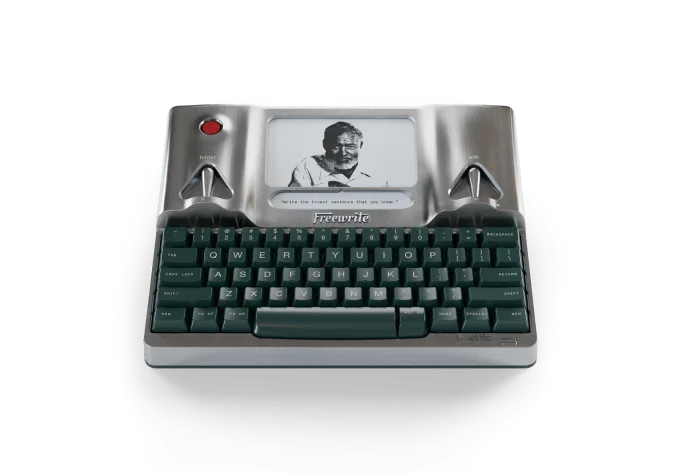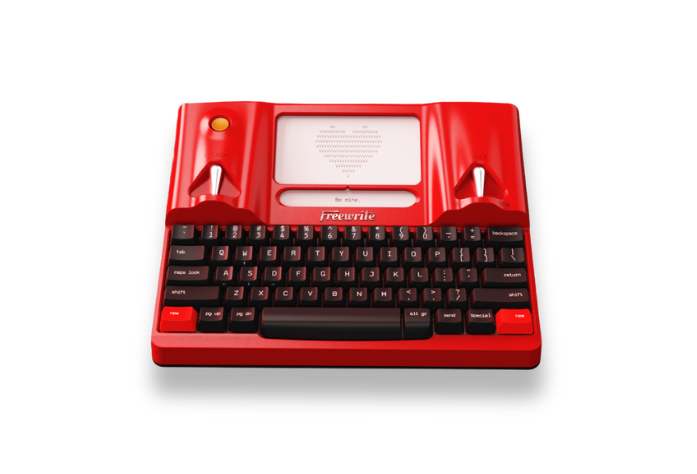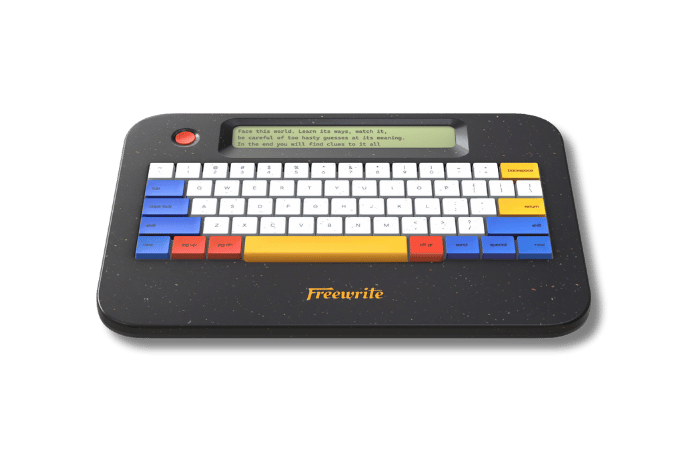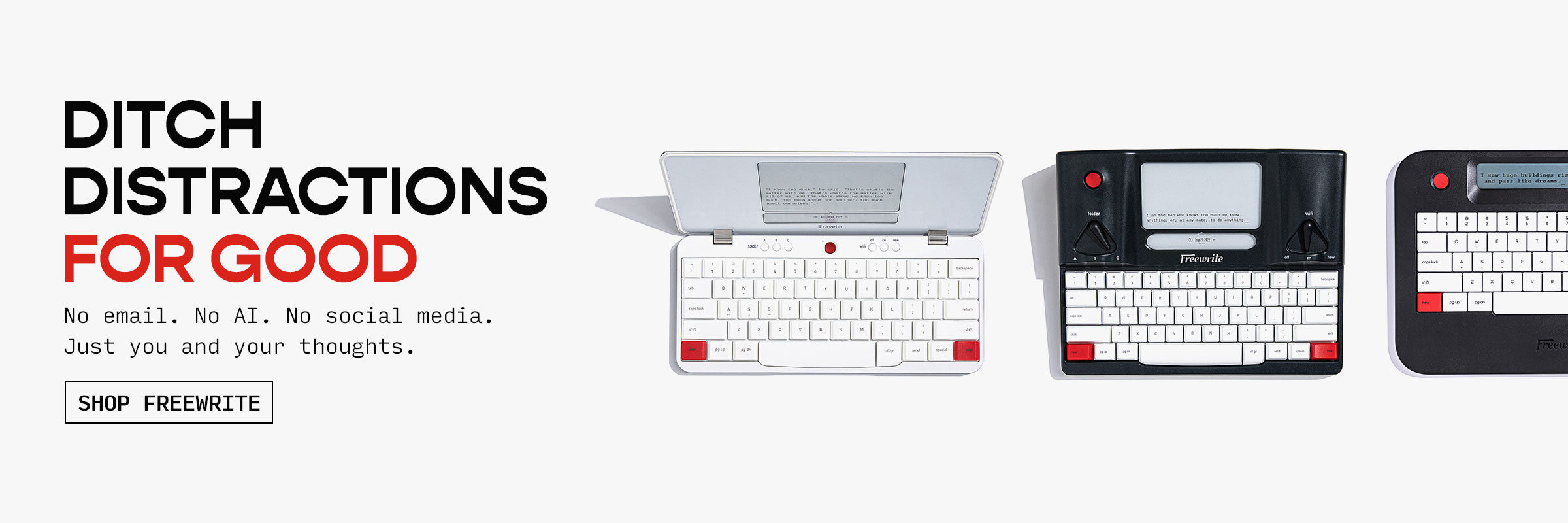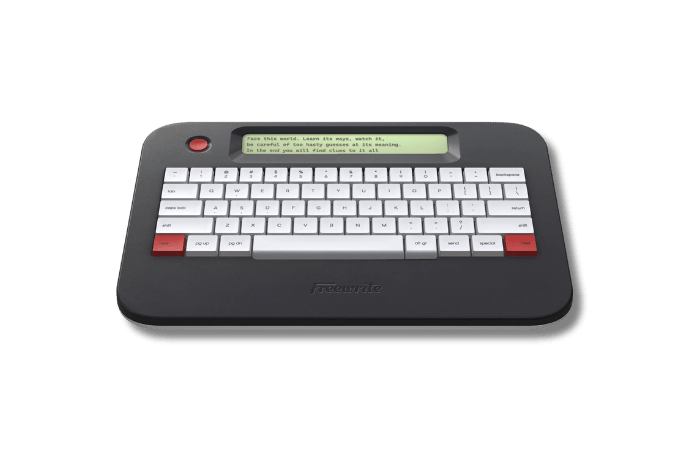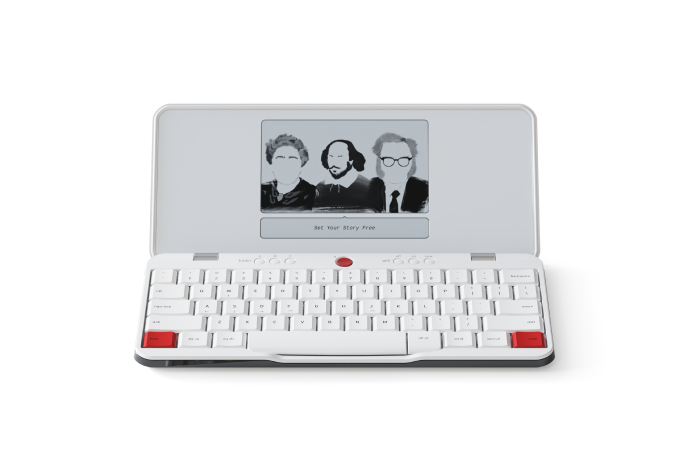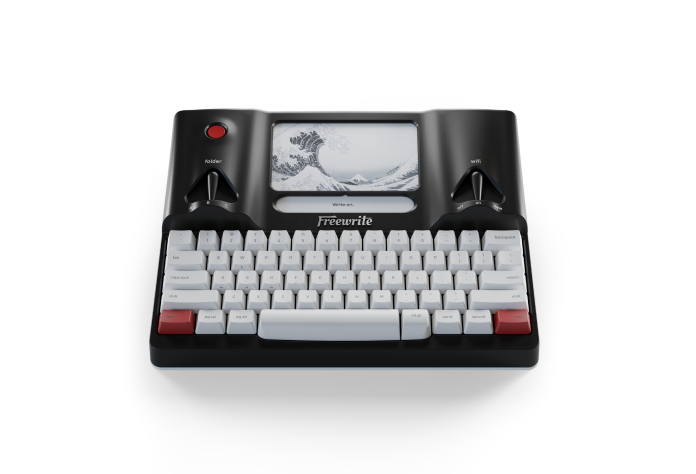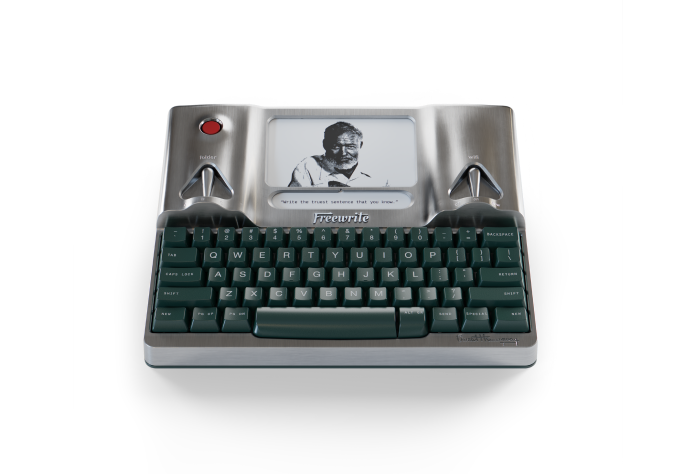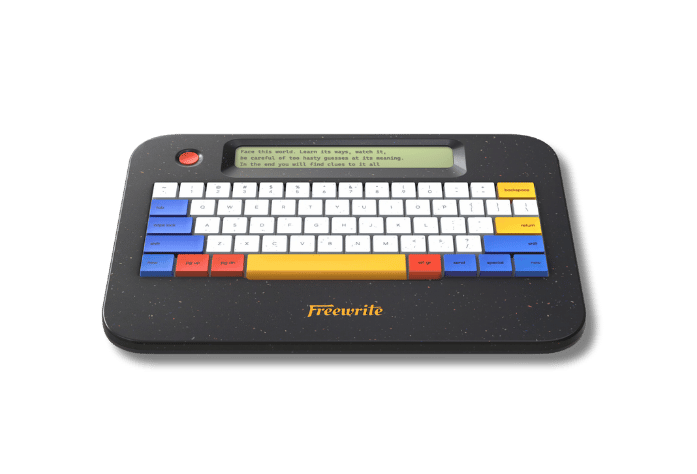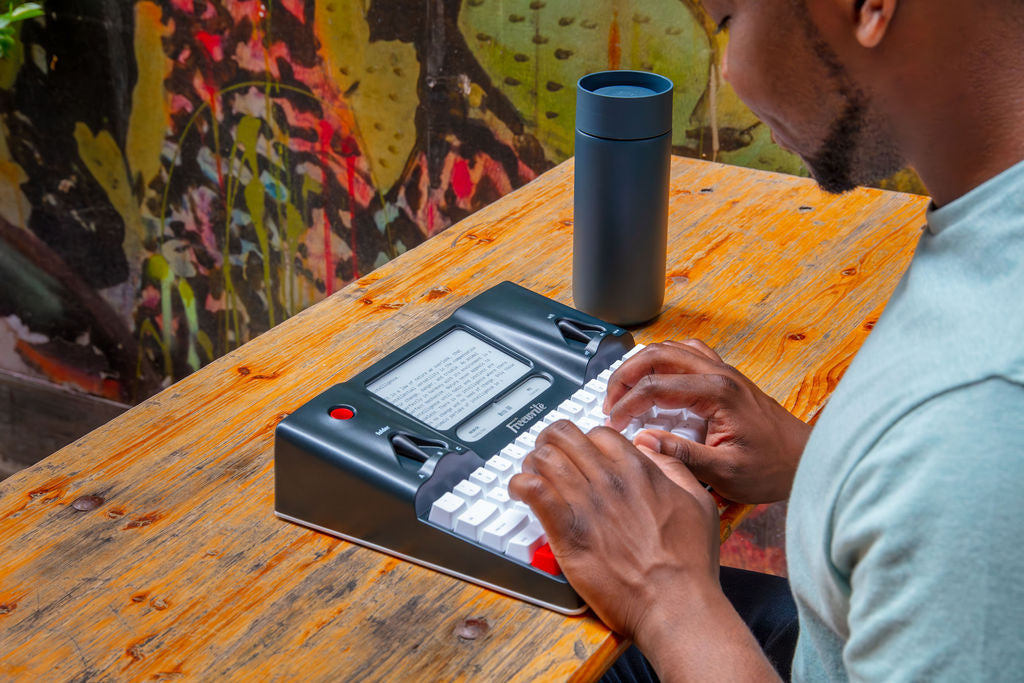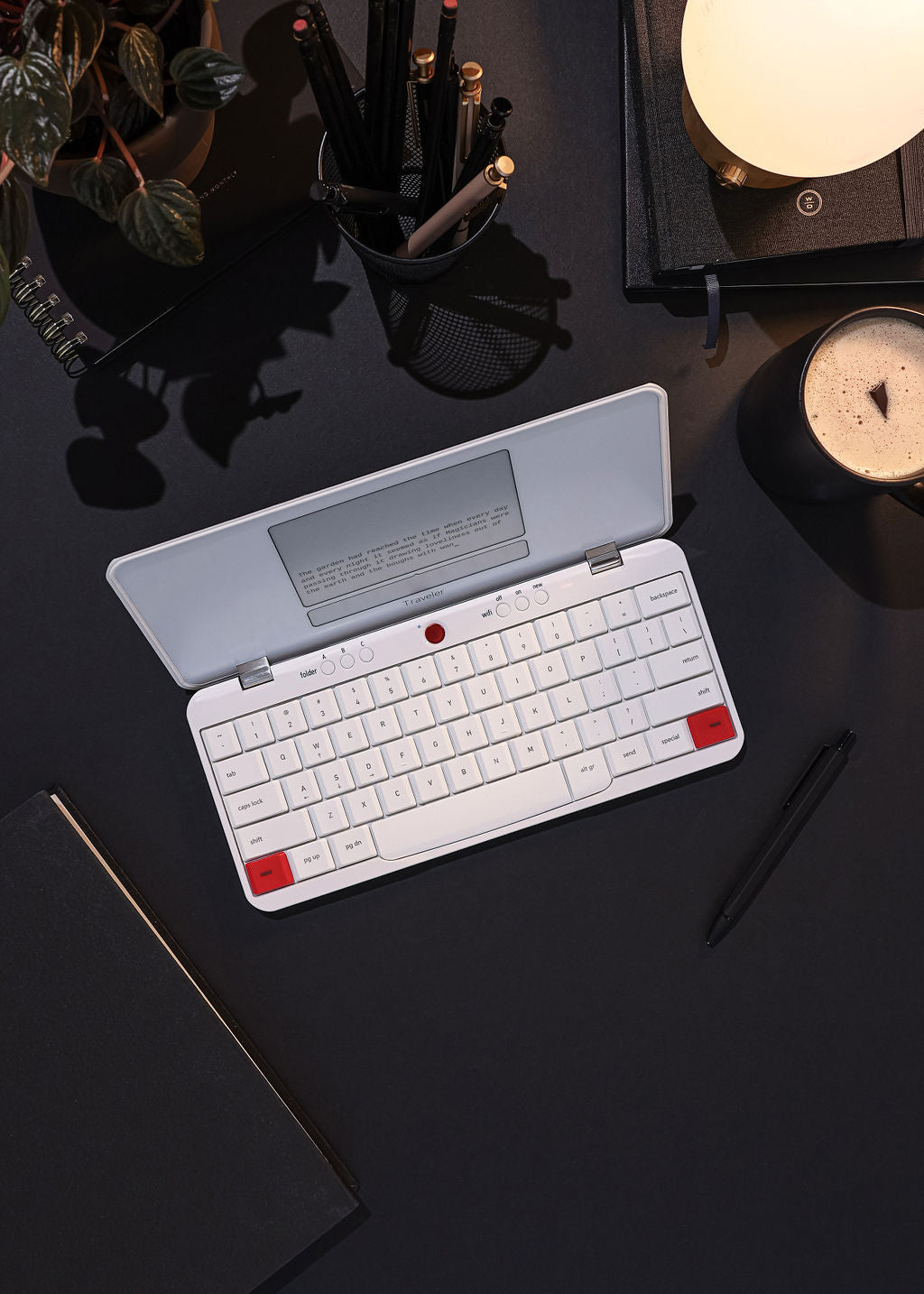We’ve all been there – you open one app just to check a message, and suddenly it’s been 45 minutes of scrolling. Social media is fun, sure, but when it starts to take over your time, your focus, and even your mood, that’s when it becomes a problem. Social media addiction isn’t just about using your phone a lot – it can actually affect your mental health, relationships, sleep, and more. Let’s break down why too much screen time isn’t always harmless and what it can really do to your day-to-day life.
How Does Social Media Addiction Affect the Brain?
Social media addiction doesn’t just change habits - it alters your brain. The constant engagement with platforms triggers neurological changes that mirror those seen in substance use disorders, making it a serious behavioral addiction.
Dopamine and Reward Pathways
Every like, comment, or notification sparks a dopamine release in the brain’s reward center, creating a feel-good rush. This reinforces the urge to keep scrolling, as noted in AddictionHelp.com. Over time, these reward pathways strengthen, leading to dependency where the brain craves constant stimulation.
-
Altered Decision-Making: Repeated dopamine hits reduce impulse control, making it harder to resist checking social media (The Diamond Rehab Thailand).
-
Memory Impairment: Posting on social media may externalize experiences, potentially diminishing retention of details, according to research on social media’s cognitive impacts.
Adolescent Brain Vulnerability
Teens are especially at risk due to their developing brains. Psychiatric News highlights that frequent social media use can rewire neural pathways, increasing sensitivity to social feedback and fostering compulsive behaviors. This can impair emotional regulation and working memory, affecting long-term cognitive health.
Long-Term Consequences
Chronic overuse affects the prefrontal cortex, crucial for planning and emotional control. A 2023 study cited in The Diamond Rehab Thailand found reduced gray matter in memory-related brain regions, contributing to difficulties in maintaining focus. These changes underscore why social media addiction is a neurological threat, not just a bad habit.
Mental Health Risks of Social Media Addiction
Social media addiction takes a heavy toll on mental health, amplifying emotions and exacerbating existing conditions. The curated, idealized world online often leaves users feeling inadequate, anxious, or depressed.
Anxiety and Depression
Heavy social media use is linked to increased anxiety and depression, particularly in youth. The Diamond Rehab Thailand cites studies showing that social comparison and cyberbullying contribute to these symptoms. For those with social anxiety, platforms become a coping mechanism, worsening isolation and mental distress (AddictionHelp.com).
-
Social Comparison: Constant exposure to perfect online personas fuels feelings of inadequacy.
-
Cyberbullying: Cyberbullying on social media, a significant issue, contributes to emotional strain, particularly among young users.
Low Self-Esteem
Seeking validation through likes and comments ties self-worth to online feedback. AddictionHelp.com notes that this can distort self-perception, leading to low self-esteem and, in severe cases, eating disorders or self-harm thoughts. The pressure to maintain an idealized online image adds to this burden.
Worsening Existing Conditions
For individuals with preexisting mental health issues, social media addiction can intensify symptoms. Psychiatric News explains that prolonged exposure to negative content or FOMO-driven scrolling aggravates conditions like depression or obsessive-compulsive disorder, making recovery harder.
Physical Health Consequences of Social Media Addiction
While social media addiction is a behavioral issue, its physical health impacts are surprisingly severe. From chronic pain to increased disease risk, the body bears the brunt of excessive screen time.
Neck and Spine Pain
Poor posture while scrolling - often craning the neck over a phone - adds significant strain. AddictionHelp.com explains that for every inch the head tilts forward, its weight increases by 10 pounds, leading to:
-
Chronic Pain: Prolonged strain causes neck and back discomfort.
-
Mobility Issues: Repeated stress can limit range of motion over time.
Sleep Disruption
Late-night scrolling disrupts sleep by reducing melatonin production due to blue light exposure. The Diamond Rehab Thailand notes that addicts often struggle with insomnia, as notifications or compulsive checking keep them awake.
-
Insomnia Cycle: Scrolling to “fall asleep” worsens sleep quality due to dopamine hits (AddictionHelp.com).
-
Poor Sleep Quality: High social media use among adolescents, particularly at night, is linked to sleep issues due to blue light exposure and compulsive checking.
Chronic Disease Risks
Excessive social media use may contribute to chronic inflammation, potentially increasing health risks like diabetes and heart disease.
Weakened Immunity
The cumulative effect of sleep loss, stress, and inflammation weakens the immune system. AddictionHelp.com highlights that this increases vulnerability to infections, compounding health risks.
Social Media Addiction in Teens: Why Are They at Risk?
Teens are uniquely vulnerable to social media addiction, with lasting consequences for their development. Their still-forming brains and social pressures make them prime targets for compulsive use.
Developing Brains and Impulsivity
Adolescent brains are wired for impulsivity and reward-seeking, as Psychiatric News explains. Social media’s instant gratification - likes, shares, trends - rewires neural pathways, fostering obsessive behaviors.
-
Neural Rewiring: A 2023 study in Psychiatric News found that frequent use alters brain sensitivity to social feedback.
-
Compulsive Use: 51% of teens admit to overuse, with 75% finding it hard to quit (Pew Research, 2022).
Social Identity and FOMO
Teens use social media to build social currency and group identity, per AddictionHelp.com. Fear of Missing Out (FOMO) drives constant checking, increasing anxiety and addiction risk (The Diamond Rehab Thailand).
Long-Term Developmental Risks
Excessive use during adolescence, a critical developmental period, is linked to depression, sleep problems, and disordered eating (Psychiatric News). Early onset increases the likelihood of persistent issues, making teen addiction a pressing concern.
Breaking Free from Social Media Addiction
The harms of social media addiction - brain changes, mental health struggles, physical ailments, teen vulnerability, and addictive design - paint a clear picture: excessive screen time can derail your life. But there’s hope. By intentionally limiting screen time, you can reclaim focus, boost productivity, and rediscover the joy of uninterrupted creativity. One powerful way to achieve this is by using dedicated tools designed to eliminate distractions, like those offered by Freewrite. Below, we explore how to limit screen time and introduce Freewrite’s innovative devices, built to help writers stay in the flow without the pull of social media.
Limiting screen time is essential to combat social media addiction and its cascading effects.Freewrite, developed by Astrohaus, offers a suite of distraction-free writing tools that help writers focus deeply, sidestepping the temptations of apps, notifications, and endless feeds. Unlike laptops, which invite multitasking and social media scrolling, Freewrite devices are single-purpose, designed to foster a “write now, edit later” philosophy. With over 611 million words written on Freewrite since 2016, these tools have transformed how writers work, boosting productivity by 2-3x, according to user reports (Freewrite Store). Below, we describe Freewrite’s approach and highlight several of its standout devices.
Freewrite devices eliminate distractions by removing internet browsers, email, and social media access, creating a serene writing environment. Their E Ink or LCD screens reduce eye strain compared to backlit computer displays, encouraging longer, healthier writing sessions (Freewrite Store). Features like cloud syncing to Postbox, Dropbox, or Google Drive ensure drafts are saved without needing to connect to distracting platforms. As Psychiatric News suggests, external regulation (like device-based limits) is key for managing compulsive behaviors, and Freewrite’s design aligns perfectly with this strategy.
-
No Notifications: Unlike smartphones or laptops, Freewrite devices block alerts, keeping you in the writing zone.
-
Single-Function Design: Built solely for drafting, they prevent the urge to check social media or emails.
-
Comfortable Displays: E Ink screens mimic paper, reducing fatigue and supporting extended focus (Freewrite Store).
Freewrite offers a range of devices, each designed to enhance focus and minimize digital distractions. Below are four notable models, each with unique features to suit different writing needs.

Alpha Raven Black with Backlight
TheAlpha is an instant creative canvas for budding writers, weighing less than 2 pounds and boasting a 100-hour battery life. Its LCD screen with adjustable backlight allows writing in any lighting condition, perfect for night owls or travelers. The Kailh Choc V2 low-profile key switches ensure quiet, satisfying typing, reducing finger fatigue (Freewrite Store).
-
Portability: Compact design for commutes or long journeys.
-
Storage: Holds up to 1 million words, with automatic cloud syncing to Postbox, Dropbox, or Google Drive.
-
User Feedback: Laura R. notes its eye-friendly screen and sturdy build, ideal for distraction-free writing (Freewrite Store).

Traveler
TheTraveler is Freewrite’s most portable device, featuring a light, compact design and an E Ink screen, with up to 4 weeks of battery life depending on usage. Its full-size scissor switch keyboard offers a smooth typing experience (Freewrite Store).
-
No Eye Strain: E Ink display reduces fatigue compared to laptop screens, aligning with AddictionHelp.com’s concerns about blue light.
-
Cloud Integration: Syncs drafts to Postbox or third-party services like Evernote, ensuring seamless workflow without social media distractions.
-
User Feedback: Users love its small writing window, which prevents “spiraling” over blank pages (Freewrite Store).

Smart Typewriter (Gen3)
TheSmart Typewriter is Freewrite’s classic model, featuring a tiered mechanical keyboard with box brown switches and a frontlight E Ink screen for day-or-night writing. Its durable design and improved battery life make it a favorite for home use (Freewrite Store).
-
Tactile Experience: Mechanical keys provide a satisfying, typewriter-like feel, enhancing immersion.
-
Cloud Backup: Continuous saving to Postbox and third-party services keeps drafts secure without internet browsing.
-
User Feedback: Users report minimal screen lag compared to the Traveler, with a keyboard that outshines other models (Freewrite Store).

Hemingwrite Signature Edition
TheHemingwrite Signature Edition, developed in collaboration with the Ernest Hemingway estate, is designed for writers seeking simplicity and focus. This premium device features a raw aluminum body that develops a unique patina over time, making each one a personalized piece. It comes with a green keycap keyboard, offering a tactile, satisfying typing experience. The Hemingwrite is built to keep you in your writing flow, free from distractions, with automatic cloud syncing to save your drafts.While ideal for adults, it can also be a great tool for kids who are developing their writing skills.
-
Premium Design: Crafted for durability and style, it’s a collector’s item for literary enthusiasts.
-
Focus-Driven: Like other Freewrite devices, it blocks social media and notifications, supporting AddictionHelp.com’s advice for structured screen time limits.
-
User Appeal: Its bold look and distraction-free ethos resonate with writers aiming to “write on” (Freewrite Store).
Conclusion
Social media addiction is far more than a bad habit - it’s a serious issue with profound consequences. It rewires the brain, undermining cognitive and emotional health, while physical effects like chronic pain and disease risks add to the toll. Teens face heightened risks due to their developing brains and social pressures, and the addictive design of platforms ensures the cycle persists. By understanding these harms, individuals can take steps to regain control, whether through setting boundaries, seeking therapy, or advocating for stronger regulations. Addressing social media addiction is crucial for protecting mental, physical, and social well-being in an increasingly digital world.
FAQs
What are the main signs of social media addiction?
Signs include excessive time online, anxiety when offline, neglecting responsibilities, and seeking validation through likes. Tools like the Bergen Social Media Addiction Scale can help identify problematic use (Psychiatric News, The Diamond Rehab Thailand).
How does social media addiction impact teens specifically?
Teens’ developing brains make them prone to compulsive use, rewiring neural pathways and increasing risks of depression, anxiety, and sleep issues. 51% admit to overuse, driven by FOMO and social identity needs (Psychiatric News, AddictionHelp.com).
Can social media addiction cause physical health problems?
Yes, it leads to neck/spine pain from poor posture, insomnia from blue light exposure, and increased risks of diabetes and heart disease due to chronic inflammation. Weakened immunity is also a concern (AddictionHelp.com, The Diamond Rehab Thailand).
How can I reduce social media addiction?
Set screen time limits, disable notifications, engage in offline hobbies, and consider therapy like CBT or a digital detox. Parents can use apps like Qustodio or enforce social media contracts for teens.

